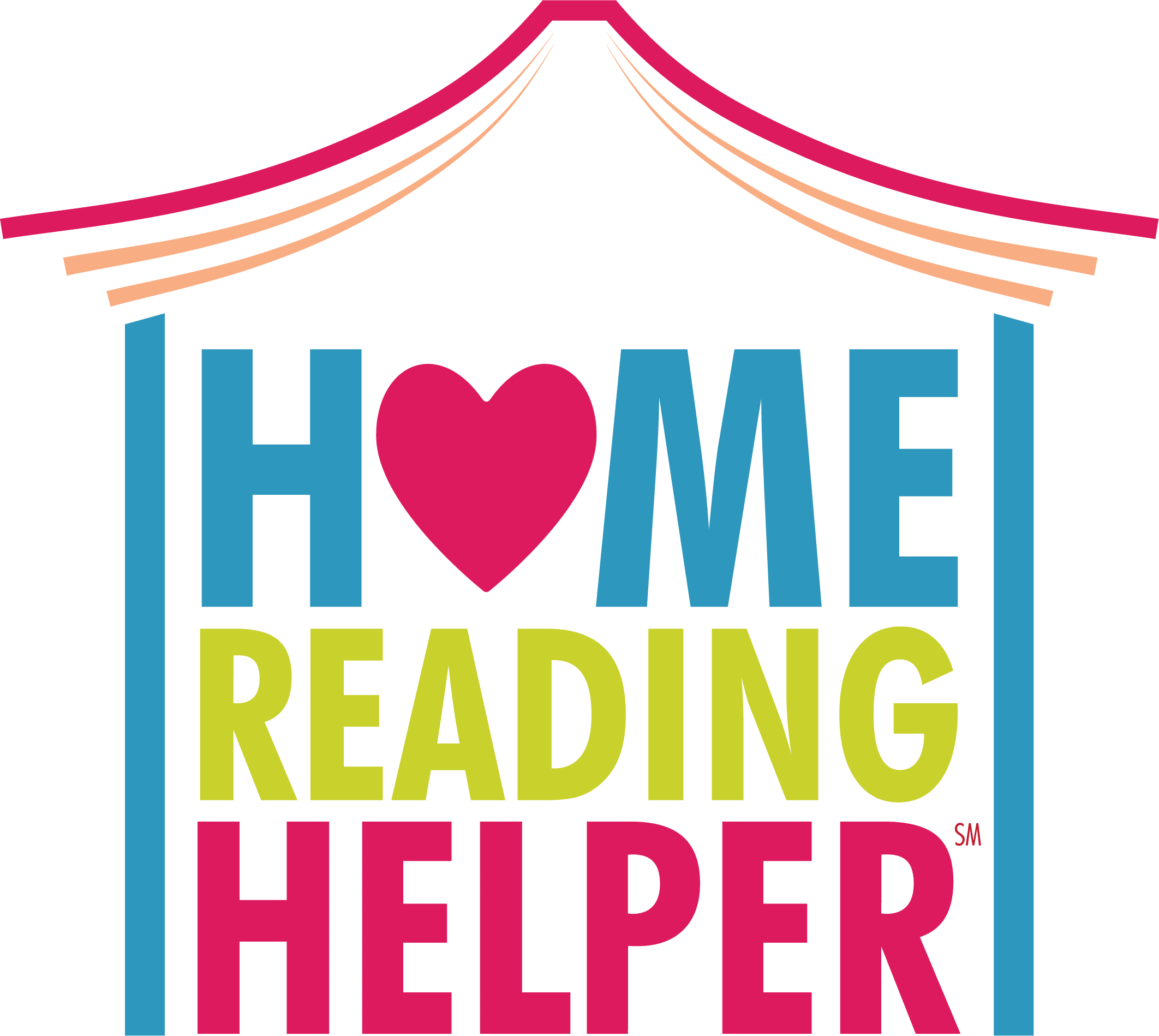Who is a Pre-K Student?
If your child is between 3 to 5 years old, then they are a preschool or “Pre-K” student. Pre-K means pre-kindergarten. They are no longer toddlers and are becoming more independent as they get ready for “big kid” elementary school.
Should I enroll my child in Pre-K?
Kids who attend Pre-K are more likely to be ready to learn to read when they reach Kindergarten. Not only do children get to meet new friends and play, but they can begin learning key skills that will prepare them for school, such as matching letters to sounds, counting numbers and writing. Pre-K can be an excellent way to prepare your child for Kindergarten and beyond.
What Happens in Pre-K?
Along with learning numbers, colors, shapes, songs and letters, they’re also learning to share toys, take turns and communicate their feelings. Students learn through play, talking with peers, and working at centers. This is an exciting time for children’s cognitive development so it’s important they experience a great Pre-K program.
What to look for in a great Pre-K program
- Children are engaged in learning through play and delighting in hands-on activities.
- There is a daily schedule of well-planned activities that promote meaningful learning.
- Adults give students helpful feedback, praise and encouragement.
- Staff is well trained and knowledgeable and understand how children grow and develop.
- Children engage in daily practice for fine motor skills to develop hand strength for writing. Activities may include: coloring, writing practice, painting, snipping paper with scissors, play-doh activities, stringing beads, and using Legos.
- Teachers make a point to clearly teach the letters and the sounds they make; they point out and describe the letter shape, they model the sounds they make, and guide students in practicing to write them. These concepts are not for students to figure out on their own, left to chance, or for only practicing at home.
- Daily literacy activities include teacher read alouds, singing nursery rhymes, learning letters of the alphabet and the learning sounds of letters.
- Children are busy and motivated learners using toys, dramatic play (dress up), games, art, and music throughout the day.



